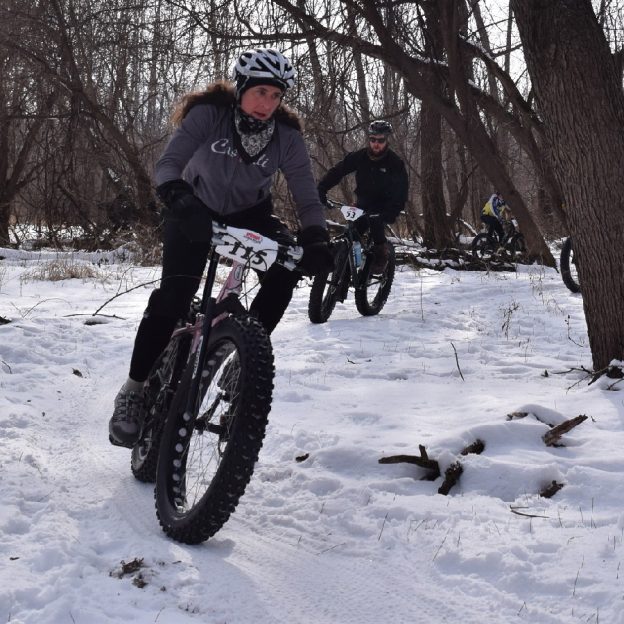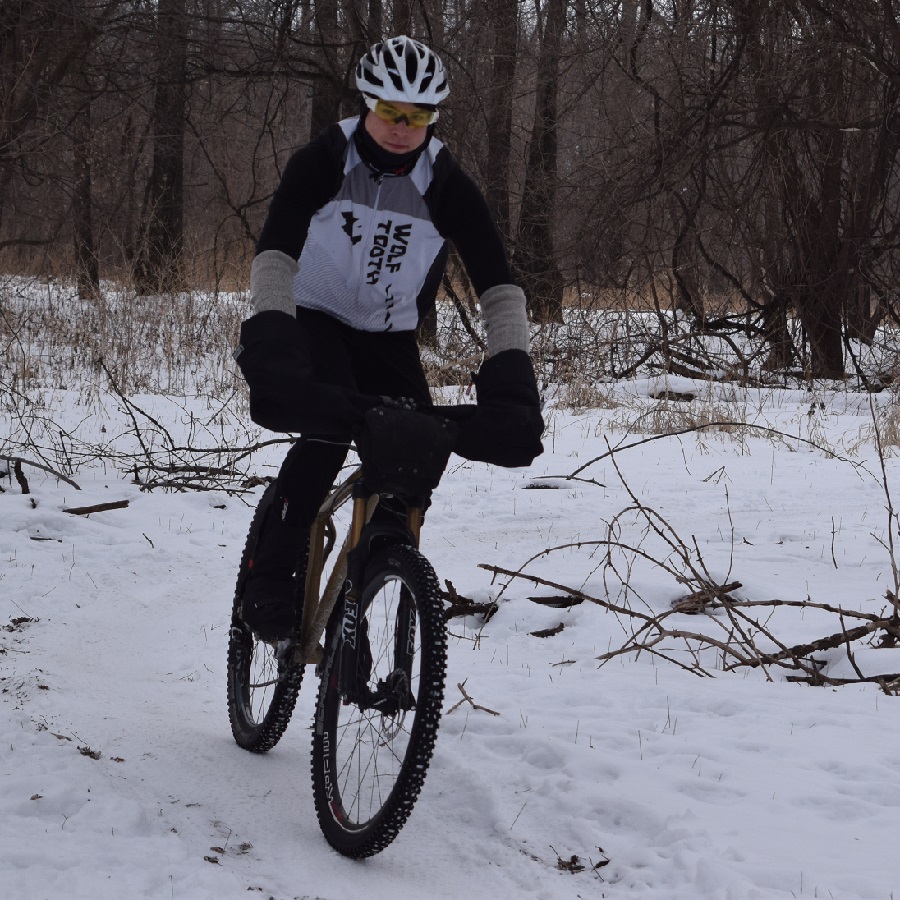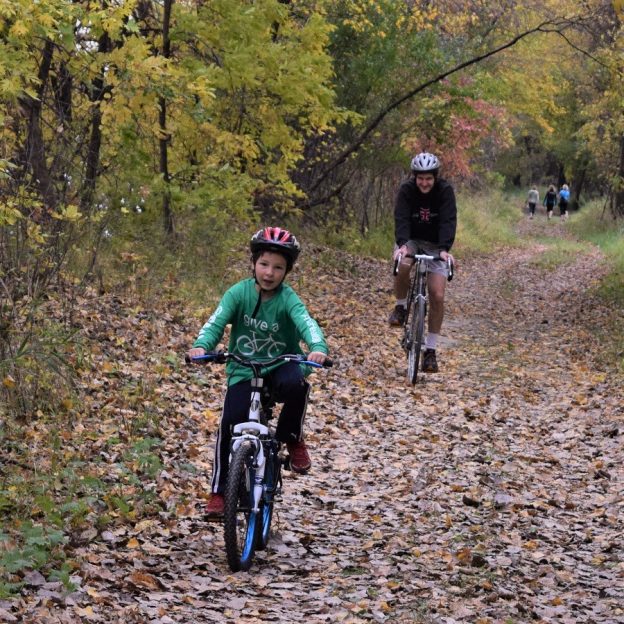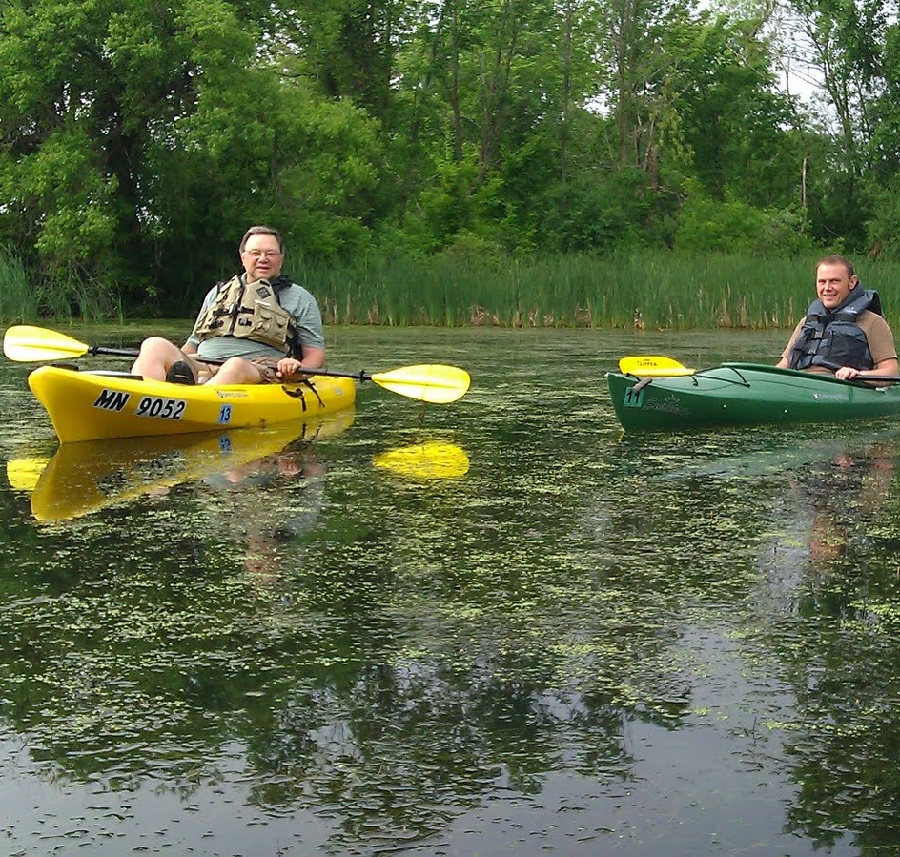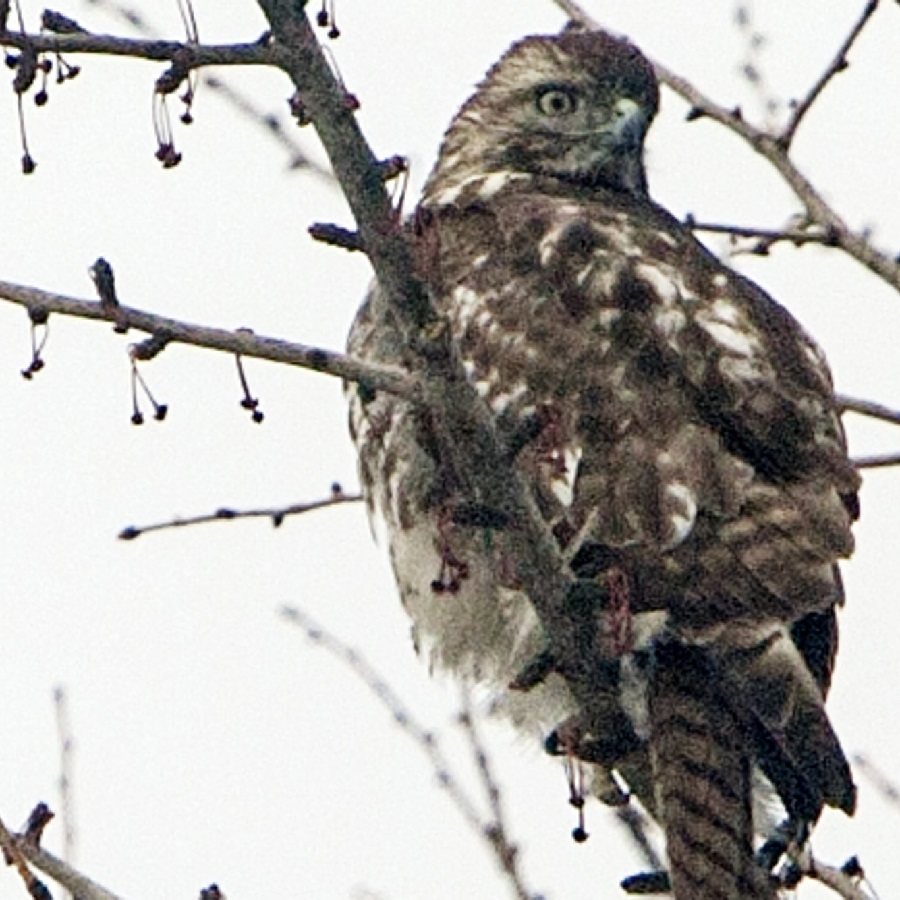by John Brown,
Famous for mountain biking, hiking, fishing, and bird watching, the Minnesota River Bottoms in Bloomington MN are some of the last natural trails in the Twin City metro. At the Bloomington Ferry Bridge site, you will find one of three starting points for many outdoor adventures along the river.
Trailhead locations and the Bloomington Ferry Bridge history
You have the option to cross under three bridges by riding the trails here along the Minnesota River. The first is the Bloomington Ferry Bridge. Started in the summer of 1849, the Bloomington Ferry began operations next to the Minnesota River bottoms. It carried people from the Bloomington shores to Shakopee. Exactly 40 years later, the first Bloomington Ferry Bridge was opened. Carrying people, carriages, and motorists across the river for over 100 years. No longer open to auto traffic, the trailhead here on the west side of Bloomington is a good starting point.
The two other trailheads are down steam from the Ferry Bridge. The next access to the trails is next to the 35W bridge. The final trailhead is at the Old Cedar Bridge site.
What are the Minnesota river bottoms?
To locals, the “River Bottoms” is a trail network stretching from the southwest corner of Bloomington to the trails of Fort Snelling State Park. These trails are enjoyed by mountain bike riders and runners who frequent them. While under the jurisdiction of the National Park Service, they are not maintained by any government entity and often take on a “path of least resistance” or direction. It is not uncommon for new tracks to spring up after heavy rains and high river flooding. While riding, expect dirt trails exclusively with some log crossings, sand sections, and occasional overgrowth. Warning: in the summer, pay particular attention to the Urtica Dioica plants, or stinging nettles, growing on infrequently used trails.
Wildlife of the Minnesota River Bottoms
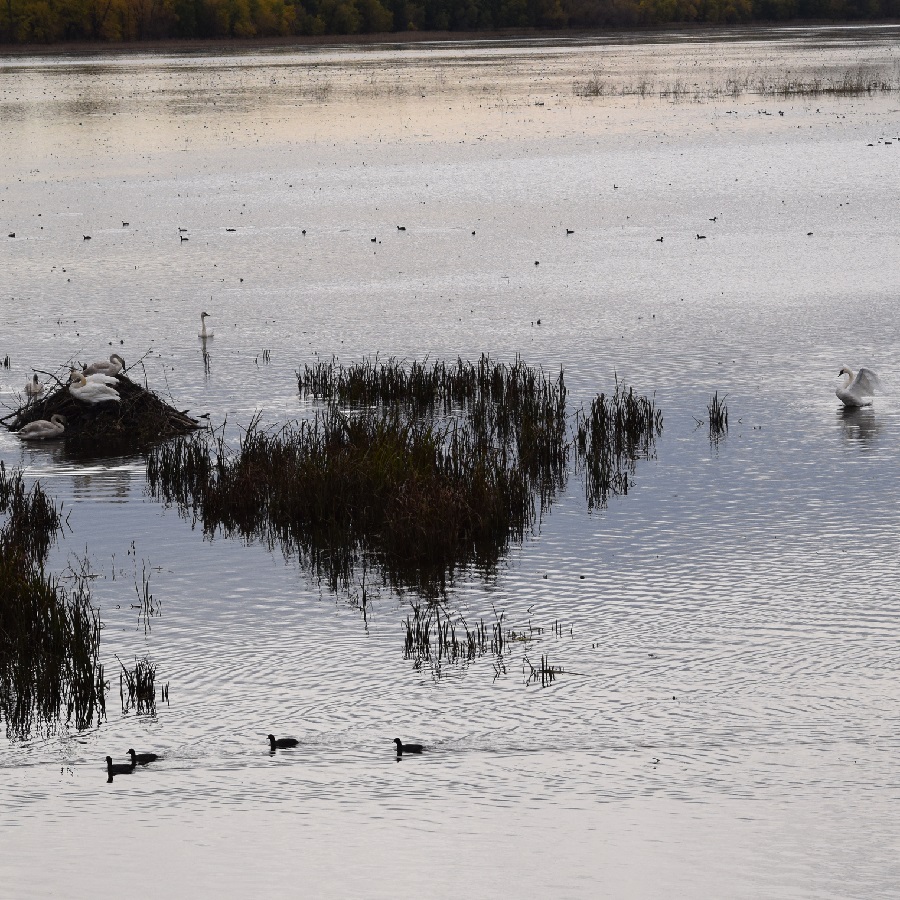
Bikers, birdwatchers, and hikers can enjoy wildlife sightings along the banks of the Minnesota River.
The River Bottoms are great for all types of recreation. It’s not uncommon to see hikers, bird watchers, and people fishing along the banks of the Minnesota River. I have enjoyed sharing with my son the sights of Bald eagles and Beavers who make the watershed here their home. Additionally, being a natural area, the River Bottoms are home to countless animals, including white-tailed deer and mink.
What to expect
On the map are a few more popular entrances to the River Bottom trail, including Lyndale Ave, Crest Ave, and Old Cedar Ave. These entrances offer ample parking and a clear trailhead. Once you start down the course, you will see that nothing is paved but worn-in enough to be firm under your tires. Except at the Lyndale trailhead, you will find a short section of paved land heading east, perfect for walking and wheelchair use. While a mountain bike is best for unpaved trails, fat tire bikes navigate well in winter. If you need to cross a stream, there are bridges, and at the 9-mile creek in the summer months, there is a rope ferry to get you across. Because the River Bottoms are so smooth, they are an ideal place for kids to go mountain biking.
When to ride
The best part of the River Bottoms is that it is one of the first places to dry out each spring. It is also one of the first places to freeze when winter rolls through. Like most off-road trails, please avoid this trail in early spring as they thaw or after heavy rain. Other than that, these trails are sandy enough to drain quickly. One of the best things about the river bottoms is riding fat bikes. Fat bikes can trace their development directly to the river bottom in the winter. When the snow falls, the river bottoms are the perfect mixture of flat trails, bermed turns, and accessibility to create a near-perfect winter track.
Living in the Twin Cities, we are lucky to have a place like the river bottoms to ride. The fact that it is left free to change and natural is unique in a metro area. You will find some of the metro’s last natural trails from the Bloomington Ferry Bridge to Fort Snelling.
